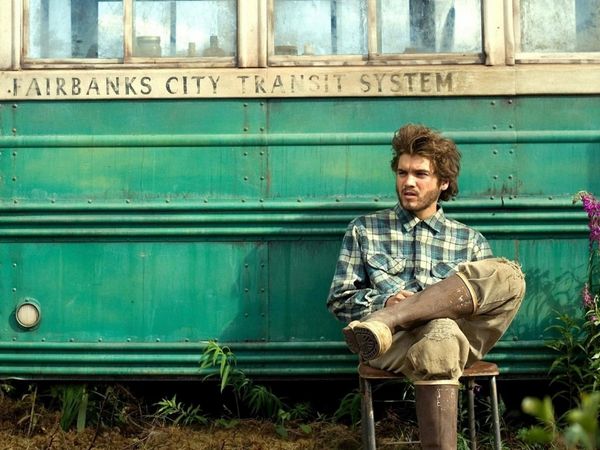Into the Wild (2007)

Exploring the Depths of Freedom and Self-Discovery in “Into the Wild” (2007)
Into the Wild (2007), directed by Sean Penn and based on the true story of Christopher McCandless as chronicled by Jon Krakauer, is more than just a film; it’s a profound journey into the essence of human freedom and self-discovery. The film invites viewers to grapple with the allure of nature, the pursuit of personal meaning, and the complexities of human connection.
Plot Summary
The film follows Christopher McCandless (played by Emile Hirsch), a young man who, after graduating from college, abandons his possessions, gives away his savings, and embarks on a journey across America with the ultimate goal of reaching the Alaskan wilderness. McCandless, who adopts the alias “Alexander Supertramp,” is driven by a desire to escape societal norms and find solace and truth in the untamed natural world.
As McCandless travels, he encounters a series of characters who impact his journey in different ways—each representing various facets of human experience and understanding. From a commune in South Dakota to a retired couple in California, these interactions challenge and shape his perspectives on life.

Themes and Meanings
Into the Wild delves deep into the themes of freedom and self-discovery. McCandless’s journey is portrayed as a quest to liberate himself from materialistic values and societal expectations. The film captures his intense yearning to live authentically, embracing the rawness of nature and seeking a deeper connection with himself and the world around him.
The film also explores the concept of isolation versus connection. McCandless’s decision to isolate himself in the Alaskan wilderness reflects his desire to find purity and clarity, but it also highlights the inherent risks of detaching oneself completely from human relationships. His interactions with others along the way serve as poignant reminders of the importance of human connection and community.












